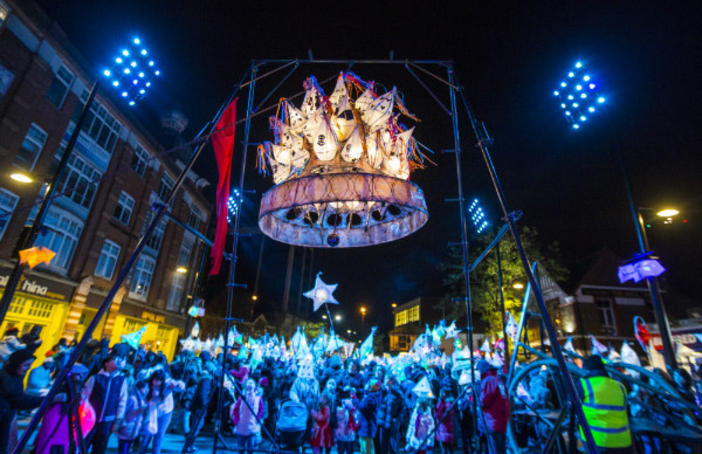Social Mobility
Heidi Keston
Social mobility is the movement of individuals and groups
within or between a system of hierarchy. High social mobility promotes social
cohesion and democratic participation as prospects of upward mobility reduces
economic dissatisfaction. It also
increases life satisfaction and wellbeing of the population as gaining
socio-economic status generally causes people to fare better. Furthermore,
social mobility is important for economic growth as it allows development of
talents and innovations from those from lower socio-economic backgrounds. The
creative arts are important for increasing social mobility. Children with
access to arts and culture are more assured in their creative abilities. They
are confident in challenging ideas and experimenting with new ones. The arts
fuel innovation and help children become active members of society who incite
and bring about change. Research has shown that children insufficient access to
the arts experience detriments to their education and economic status, while those
with access to the arts are more resilient, have better health, do better in
school, are more politically active, are more likely to go to university, and
are more likely to get a job and to keep it.